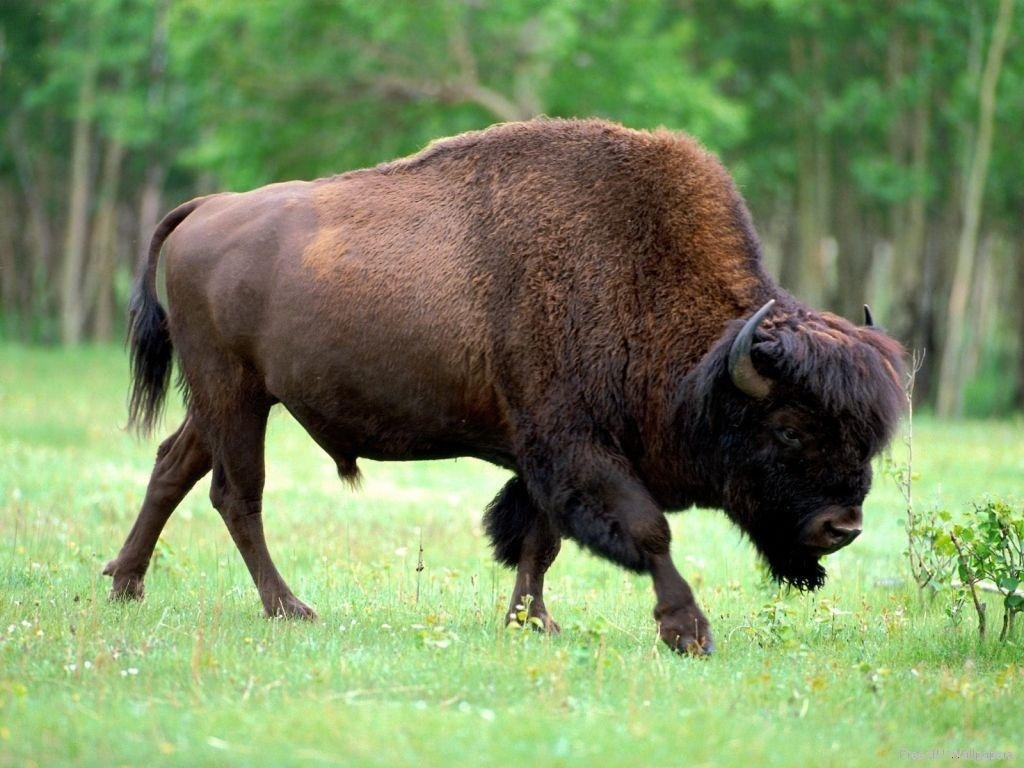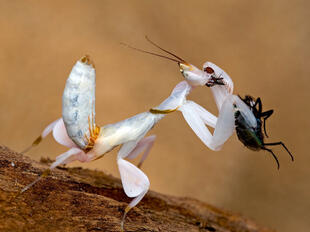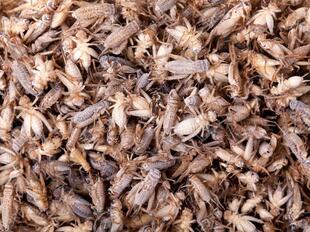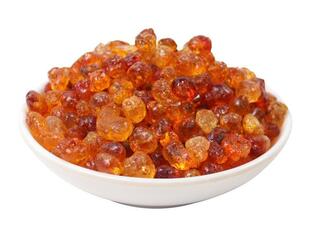
American bison(Bison bison)
Phylum —chordata
Class — mammalia
Order — artiodactyla
Family — bovidae
Genus – bison
Appearance
A bison has a shaggy, long, dark-brown winter coat, and a lighter-weight, lighter-brown summer coat.
As is typical in ungulates, male bison are slightly larger than females and, in some cases, can be considerably heavier. Head-rump lengths at maximum range from 2.8 to 3.5 m (9.2 to 11.5 ft) long and the tail adding 30 to 90 cm (12 to 35 in). Heights at withers in the species can range from 152 to 186 cm (60 to 73 in). Typically weights can range from 318 to 1,179 kg (701 to 2,599 lb). Mature bulls tend to be considerably larger than cows.
The heads and forequarters are massive, and both sexes have short, curved horns that can grow up to 61 cm (2.00 ft) long with 90 cm (3.0 ft) width, which they use in fighting for status within the herd and for defense.
Habitat
It is currently found only in the North and West of the Missouri river in the United States and Canada.
Behavior
Bison are migratory and herd migrations can be directional as well as altitudinal in some areas. Bison have usual daily movements between foraging sites during the summer. The summer ranges of bison appear to be influenced by seasonal vegetation changes, interspersion and size of foraging sites, the rut, and the number of biting insects. The size of preserve and availability of water may also be a factor.
Diet
These large grazers feed on plains grasses, herbs, shrubs, and twigs. They regurgitate their food and chew it as cud before final digestion.
Reproduction
During the breeding season, dominant bulls maintain a small harem of females for mating. Individual bulls "tend" cows until allowed to mate, by following them around and chasing away rival males. The tending bull shields the female's vision with his body so she will not see any other challenging males. A challenging bull may bellow or roar to get a female's attention and the tending bull has to bellow/roar back. The most dominant bulls mate in the first 2–3 weeks of the season. More subordinate bulls mate with any remaining estrous cow that has not mated yet. Male bison play no part in raising the young.
Bison mate in August and September; gestation is 285 days. A single reddish-brown calf nurses until the next calf is born. If the cow is not pregnant, a calf will nurse for 18 months. Cows nurse their calves for at least 7 or 8 months, but most calves seem to be weaned before the end of their first year. At three years of age, bison cows are mature enough to produce a calf.
Bison have a life expectancy around 15 years in the wild and up to 25 years in captivity.
In captivity
Keeping and breeding bison is not difficult. Paddocks with heavy metal structures, in the form of a fence 2.5 m high, are built on the plot of land, wooden houses or sheds are installed protecting animals from the sun, wind and rain.
In summer, if there is enough fresh grass and branches, feed additives and vegetables are not needed. In autumn and winter, turnips, carrots, boiled potatoes are added to hay and dry brooms (which are periodically replaced with branches of spruce and pine with needles), and oats, bran, and black bread are made from concentrates. Females who have calves up to six months old are given daily concentrates and juicy feeds (in summer, carrots are excluded from the diet).
The organism of a bison is demanding in the mineral component of the diet – chalk and salt should be for them in separate feeders constantly, periodically animals are offered bone meal, charred tree trunks (including as an element of enrichment of the habitat).
To relieve skin itching, when getting rid of skin parasites, bison roll in the dust or in the sand, which is desirable to provide for a large area of the enclosure. For this purpose and to remove the faded wool, bison like to scratch on tree trunks.
 Russian
Russian
 English
English
























